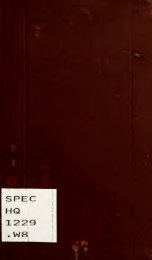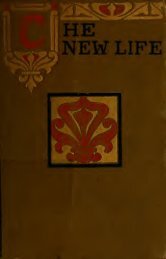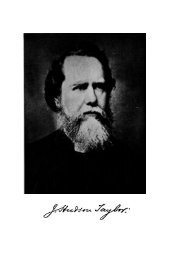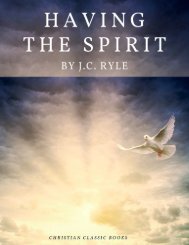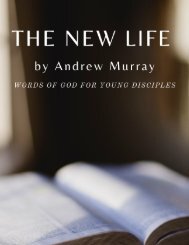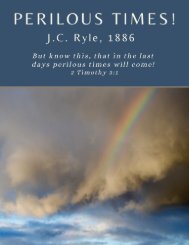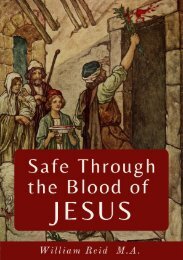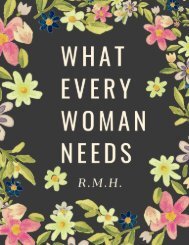Susanna Wesley
This is the story of Susanna Wesley, 1669-1742 Mother of Charles and John Wesley, who were founders of the Methodist Church. Susanna and her husband, Samuel, had nineteen children, ten of whom survived to adulthood. Her son Charles became a well-known hymn writer and her son John became the found of Methodism. Susanna was brought up in a Puritan home as the youngest of twenty-five children. As a teenager, she became a member of the Church of England. She became the wife of a chronically debt-ridden parish rector in an English village. She said, "I have had a large experience of what the world calls adverse fortune." Nonetheless, Susanna managed to pass down to her children Christian principles that stayed with them.
This is the story of Susanna Wesley, 1669-1742 Mother of Charles and John Wesley, who were founders of the Methodist Church. Susanna and her husband, Samuel, had nineteen children, ten of whom survived to adulthood. Her son Charles became a well-known hymn writer and her son John became the found of Methodism.
Susanna was brought up in a Puritan home as the youngest of twenty-five children. As a teenager, she became a member of the Church of England. She became the wife of a chronically debt-ridden parish rector in an English village. She said, "I have had a large experience of what the world calls adverse fortune." Nonetheless, Susanna managed to pass down to her children Christian principles that stayed with them.
You also want an ePaper? Increase the reach of your titles
YUMPU automatically turns print PDFs into web optimized ePapers that Google loves.
Act of<br />
to it,<br />
BIRTH AND ANCESTRY. 7<br />
Uniformity was passed, he refused to subscribe<br />
and, like Howe and Baxter, and two thousand of<br />
the best and most prominent clergy of the time, was<br />
ejected on St. Bartholomew's Day. The Earl of<br />
Anglesey strove hard to persuade his kinsman to conform,<br />
and promised him preferment ;<br />
but it was impossible<br />
to move him, and he frequently preached in<br />
private, though ten years elapsed before the Declaration<br />
of Indulgence made it safe for him to get the Meeting<br />
House in Little St. Helen's licensed, where he officiated<br />
to a large and affectionate congregation<br />
death. He was a remarkably handsome man, tall and<br />
dignified, and of a very robust constitution, and several<br />
of his children resembled him in personal beauty.<br />
till his<br />
Comparison of his portraits with those of living<br />
types, show that his aquiline nose, short upper lip,<br />
wavy brown hair, and peculiarly strong and durable<br />
sight, have been largely transmitted to his descendants.<br />
Few of them, however, have been tall, although the<br />
majority have been strong and hardy.<br />
He was devotedly fond of his wife, and their family<br />
increased annually and even oftener. There were two<br />
boys, Samuel who died in India, and Benjamin who<br />
was executor to his father's will, but most of the children<br />
were girls. Judith was a very handsome and<br />
strong-minded woman, whose portrait was painted<br />
by Sir Peter Lely ;<br />
Anne was a wit as well as a<br />
beauty, and married a rich man ; Elizabeth, who<br />
married Duntoii, the eccentric bookseller, was very<br />
pretty, sweet-natured, and perhaps as near perfection<br />
as any mortal can be. There was also a Sarah and<br />
three others, of whom all we know is that they grew up<br />
to womanhood and married. <strong>Susanna</strong> was slim and<br />
very pretty, and retained her good looks and symmetry




